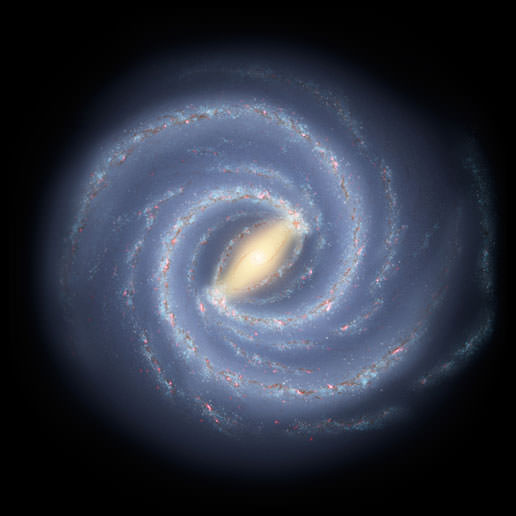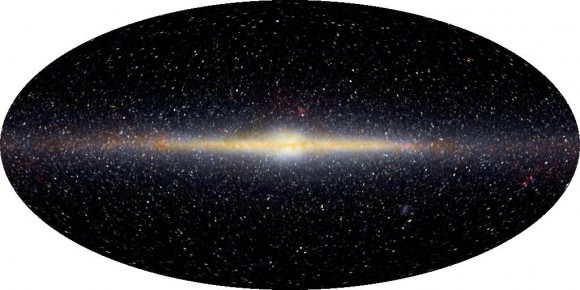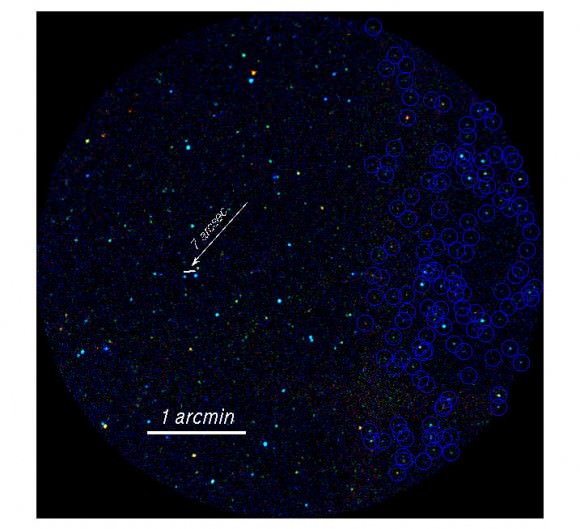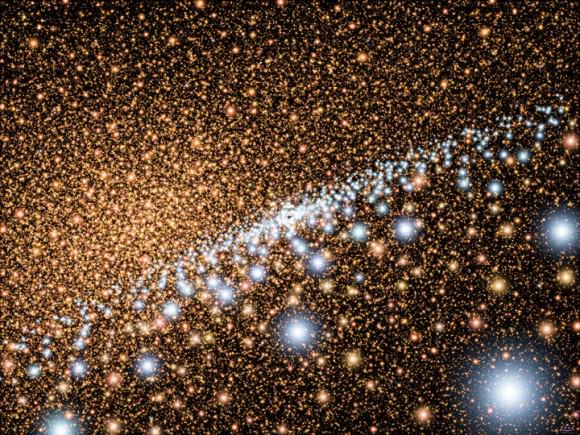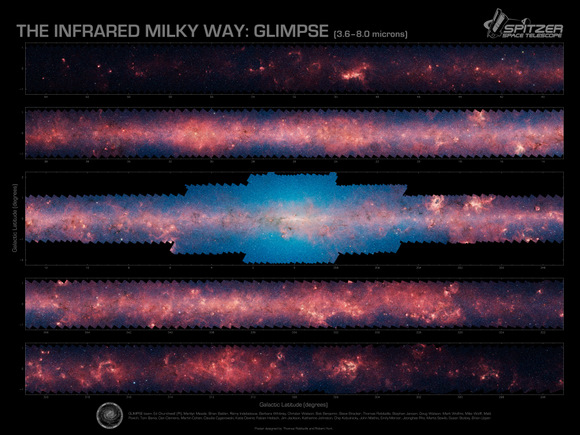Here are some beautiful pics of space and astronomy.
[/caption]
This is a picture of NASA Mission Specialist Bruce McCandless floating free above the Earth. He was testing out a new backpack that let astronauts perform spacewalks without the need for a cumbersome tether.
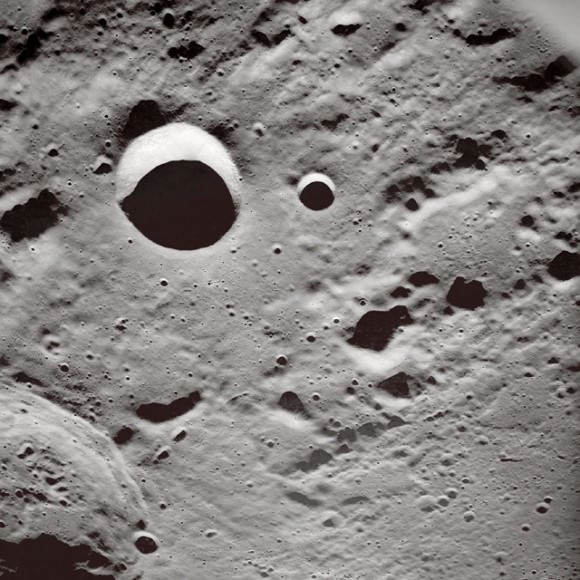
This is a very oblique angle view of craters on the Moon taken by the crew of Apollo 10 as they circled around the Moon. This was the last mission before astronauts actually landed onto the Moon.
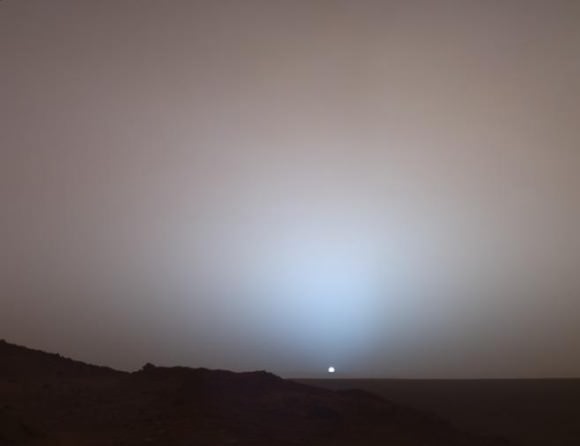
This is a picture of the Sun captured from the surface of Mars. This picture was taken by NASA’s Spirit rover just as the Sun was setting.
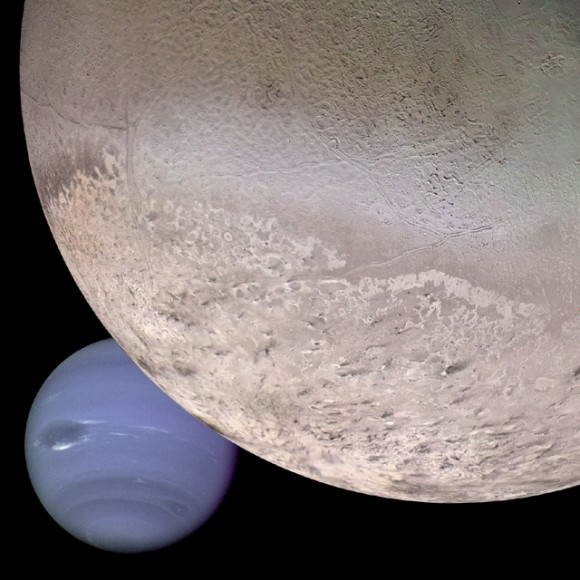
Here’s a montage of Neptune and its largest moon Triton. These pictures were taken separately by NASA’s Voyager 2 spacecraft when it made its flyby of the planet in 1989. The pictures were then merged together into this mosaic.
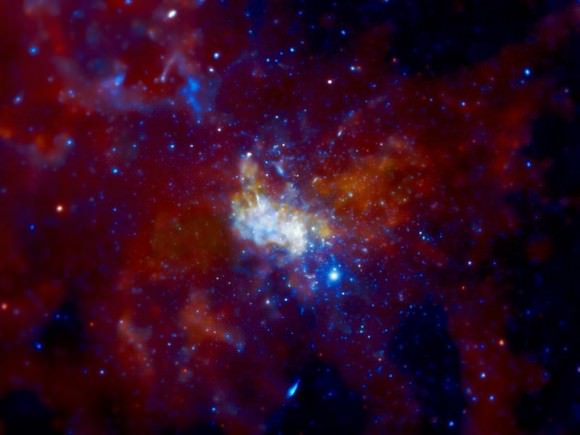
This is a photo of the supermassive black hole at the heart of the Milky Way. Well, it’s actually the region around the black hole, known as Sagittarius A*.
We’ve written many articles for Universe Today with beautiful pics. Here’s an image of the Veil Nebula complex from Johannes Schedler, and here’s a picture of NGC 2903 from Warren Keller.
If you’d like more amazing photographs, the best place to look is NASA’s Astronomy Picture of the Day. I also recommend you check out the website for the Hubble Space Telescope.
We’ve recorded many episodes of Astronomy Cast, including one about Hubble. Check it out, Episode 88: The Hubble Space Telescope.


